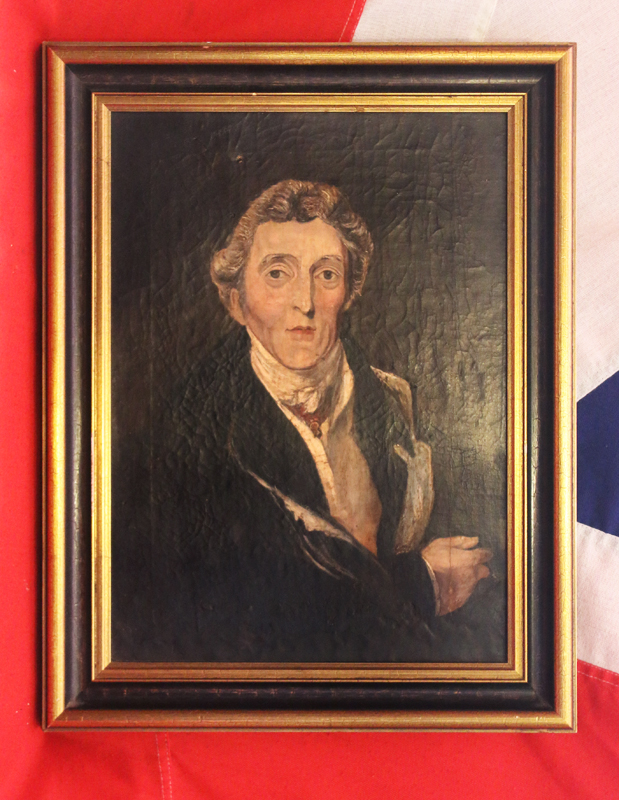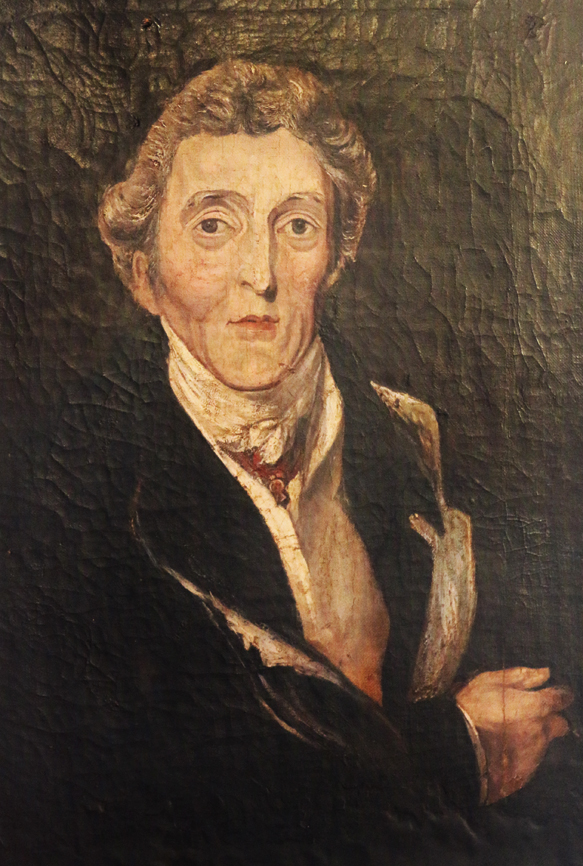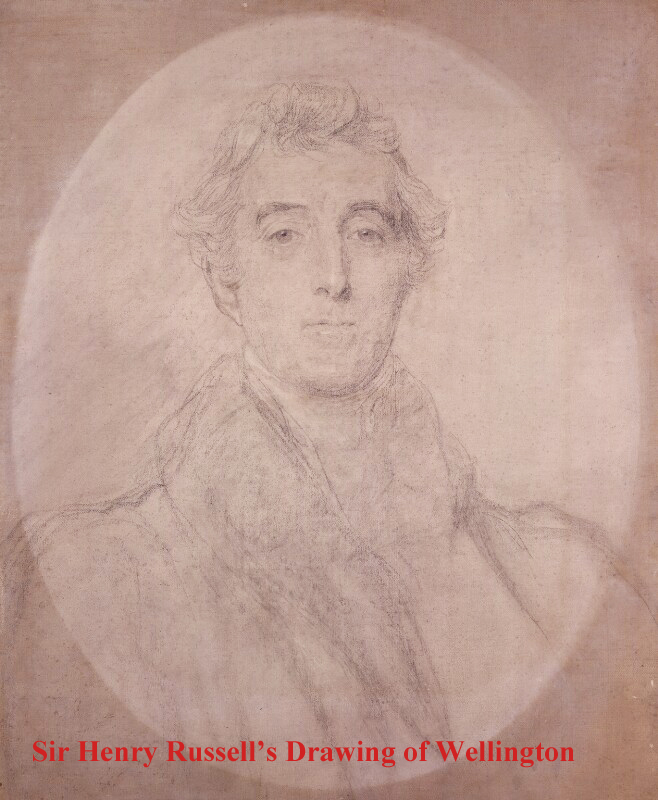19th Century Oil Portrait of Arthur Wellesley, 1st Duke Of Wellington, The Iron Duke, The Victor Of Napoleon’s Waterloo in 1815, With Marshal Blucher.
After Sir Thomas Lawrence
Portrait of Arthur Wellesley, 1st Duke of Wellington, K.G., K.B., M.P. (1769-1852), bust-length, in civilian clothes with a military cloak, wearing the insignia of the Order of the Golden Fleece
Oil on canvas, nicely framed.
Lawrence was specially commissioned by George IV to paint a pantheon of military heroes, diplomats and powerful heads of state responsible for the defeat of Napoleon initially in 1814 and ultimately (after his escape from Elba) at the Battle of Waterloo on 18 June 1815. These paintings were initially proposed for Carlton House, but George IV’s plans for Windsor Castle latterly came to include a new room specially created for the display of Lawrence’s portraits: the Waterloo Chamber. The similar posed drawing of Wellington pictured in our gallery was purchased by Sir Henry Russell in 1842 was once believed to be Lawrence's original study for the subsequent oils he painted on which our portait that we offer here is based and it could have been drawn as early as 1814 when Farington noted Wellington's first visit to Lawrence's studio, however, Sir Henry Russell would have been naturally optimistic about his drawing and it was not Lawrence's usual practice to begin a sitting with this type of sketch. It has more the air of being a pencil copy made later from one of the oils and kept in the studio possibly as a reminder or for a present or even made expressly for Lewis's engraving published eventually long after Lawrence's death. The head is similar to that in the Apsley House oil of c.1815-16 but the high collar resembles its later variant painted for Charles Arbuthnot MP, exhibited RA 1822 and multiplied in numerous studio copies. Our painting is 19th century, an oil on canvas, framed in a 20th century gilt and black wooden frame. Arthur Wellesley, 1st Duke of Wellington, KG, GCB, GCH, PC, FRS (1 May 1769 ? 14 September 1852) was an Anglo-Irish soldier and Tory statesman who was one of the leading military and political figures of 19th-century Britain, serving twice as Prime Minister. He ended the Napoleonic Wars when he defeated Napoleon at the Battle of Waterloo in 1815.
Wellesley was born in Dublin into the Protestant Ascendancy in Ireland. He was commissioned as an ensign in the British Army in 1787, serving in Ireland as aide-de-camp to two successive Lords Lieutenant of Ireland. He was also elected as a Member of Parliament in the Irish House of Commons. He was a colonel by 1796 and saw action in the Netherlands and in India, where he fought in the Fourth Anglo-Mysore War at the Battle of Seringapatam. He was appointed governor of Seringapatam and Mysore in 1799 and, as a newly appointed major-general, won a decisive victory over the Maratha Confederacy at the Battle of Assaye in 1803.
Wellesley rose to prominence as a general during the Peninsular campaign of the Napoleonic Wars, and was promoted to the rank of field marshal after leading the allied forces to victory against the French Empire at the Battle of Vitoria in 1813. Following Napoleon's exile in 1814, he served as the ambassador to France and was granted a dukedom. During the Hundred Days in 1815, he commanded the allied army which, together with a Prussian Army under Blucher, defeated Napoleon at Waterloo. Wellington's battle record is exemplary; he ultimately participated in some 60 battles during the course of his military career.
Wellington is famous for his adaptive defensive style of warfare, resulting in several victories against numerically superior forces while minimising his own losses. He is regarded as one of the greatest defensive commanders of all time, and many of his tactics and battle plans are still studied in military academies around the world. After the end of his active military career, he returned to politics. He was twice British prime minister as a member of the Tory party: from 1828 to 1830, and for a little less than a month in 1834. He oversaw the passage of the Roman Catholic Relief Act 1829, but opposed the Reform Act 1832. He continued as one of the leading figures in the House of Lords until his retirement and remained Commander-in-Chief of the British Army until his death. Portrait by an unknown artist. However, original late Georgian to Victorian copies of this portrait are extremely popular and in 2014 another copy was estimated to sel at £2,000-£4,000 eventually achieved £27,500.
In frame; 14 inches x 18.25 inches
Code: 23074
850.00 GBP





